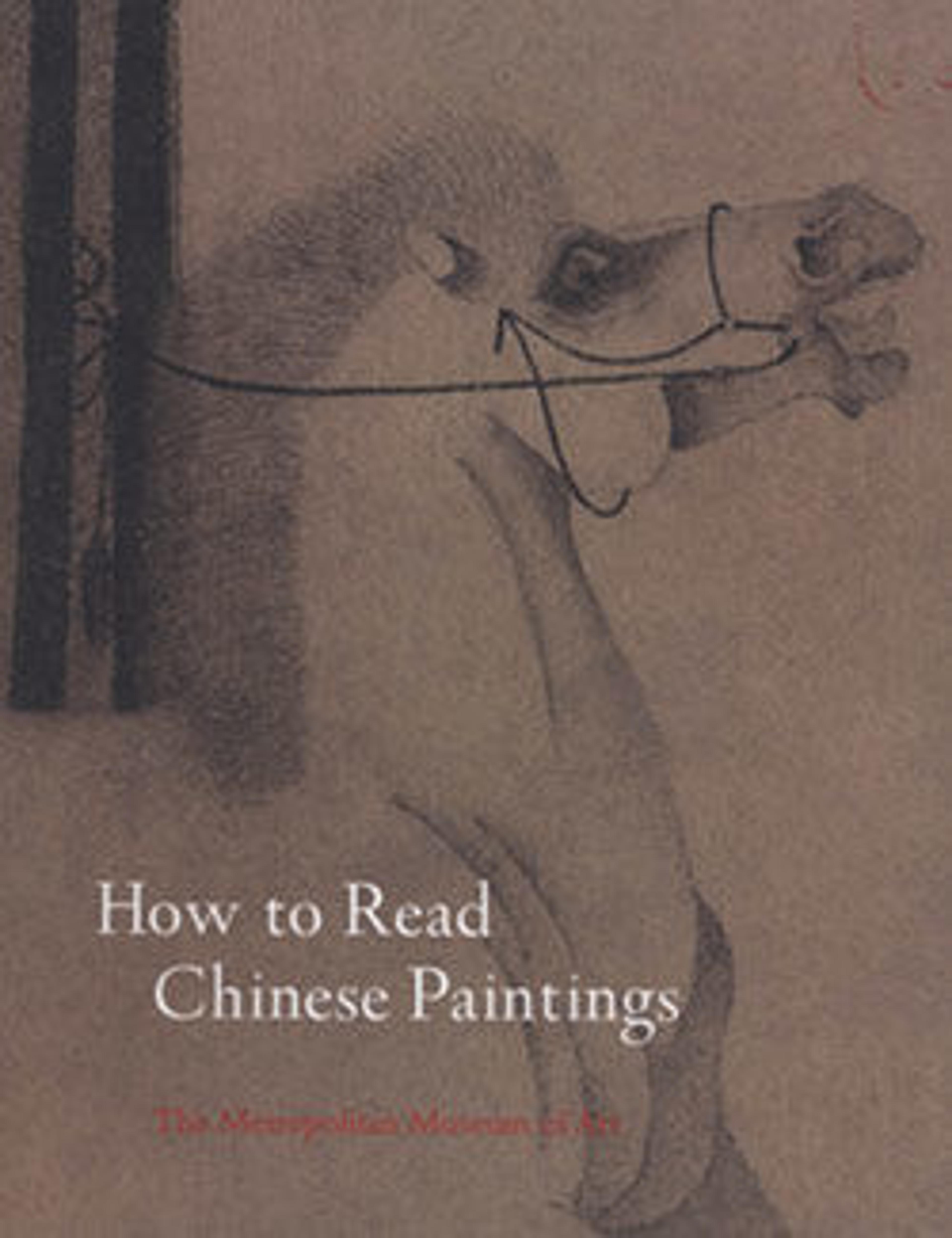Narcissus
Zhao Mengjian, a member of the Song imperial family and an accomplished scholar and calligrapher, specialized in painting narcissi and raised the flower to the level of the orchid in the esteem of scholars. Offering the promise of spring, the narcissus is known in Chinese as the "water goddess" (shuixian) or the "goddess who stands above the waves" (lingbo xianzi). The fragrant blossoms are associated with the two goddesses of the Xiang River and, by extension, with Qu Yuan (343–277 b.c.), author of Li Sao (On Encountering Sorrow). Qu Yuan, a loyal minister of the state of Chu, drowned himself in a tributary of the Xiang River after failing to alert his prince of the imminent danger threatening the state.
In a poem appended to the scroll after the Mongol conquest, the Song loyalist Qiu Yuan (1247–after 1327) describes Zhao's narcissi as the only vision of life in an otherwise devastated land:
The shiny bronze dish is upset,
and the immortals' dew spilled;
The bright jade cup is smashed,
like broken coral.
I pity the narcissus for not being
the orchid.
Which at least had known the
sober minister from Chu.
In a poem appended to the scroll after the Mongol conquest, the Song loyalist Qiu Yuan (1247–after 1327) describes Zhao's narcissi as the only vision of life in an otherwise devastated land:
The shiny bronze dish is upset,
and the immortals' dew spilled;
The bright jade cup is smashed,
like broken coral.
I pity the narcissus for not being
the orchid.
Which at least had known the
sober minister from Chu.
Artwork Details
- 南宋 趙孟堅 水仙圖 卷
- Title:Narcissus
- Artist:Zhao Mengjian (Chinese, 1199–before 1267)
- Period:Southern Song dynasty (1127–1279)
- Date:mid-13th century
- Culture:China
- Medium:Handscroll; ink on paper
- Dimensions:Image: 13 1/16 in. × 12 ft. 3 1/4 in. (33.2 × 374 cm)
Overall with mounting: 13 7/16 in. × 32 ft. 7 3/16 in. (34.1 × 993.6 cm) - Classification:Paintings
- Credit Line:Ex coll.: C. C. Wang Family, Gift of The Dillon Fund, 1973
- Object Number:1973.120.4
- Curatorial Department: Asian Art
Audio
7720. Narcissus
0:00
0:00
We're sorry, the transcript for this audio track is not available at this time. Please email info@metmuseum.org to request a transcript for this track.
More Artwork
Research Resources
The Met provides unparalleled resources for research and welcomes an international community of students and scholars. The Met's Open Access API is where creators and researchers can connect to the The Met collection. Open Access data and public domain images are available for unrestricted commercial and noncommercial use without permission or fee.
To request images under copyright and other restrictions, please use this Image Request form.
Feedback
We continue to research and examine historical and cultural context for objects in The Met collection. If you have comments or questions about this object record, please contact us using the form below. The Museum looks forward to receiving your comments.
